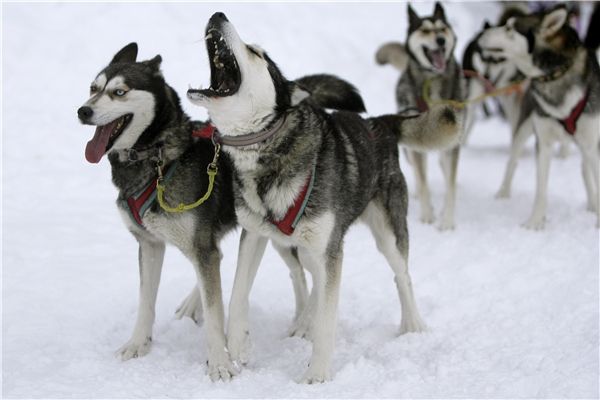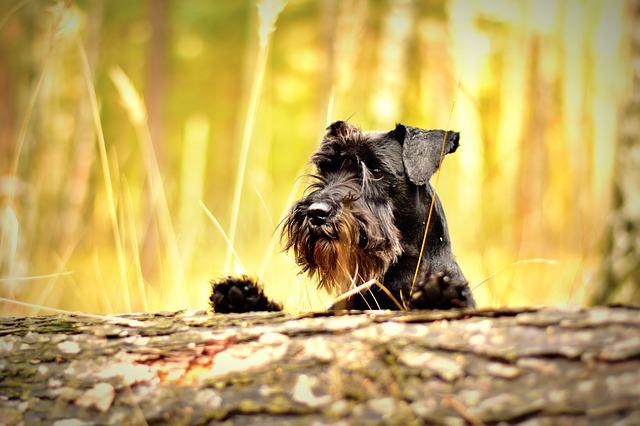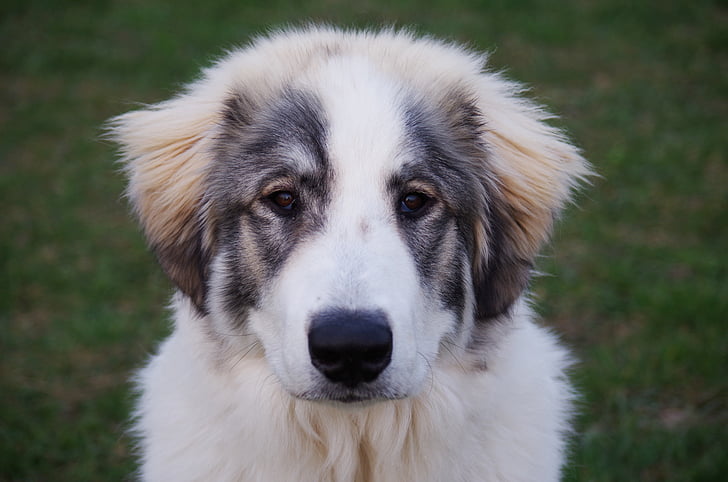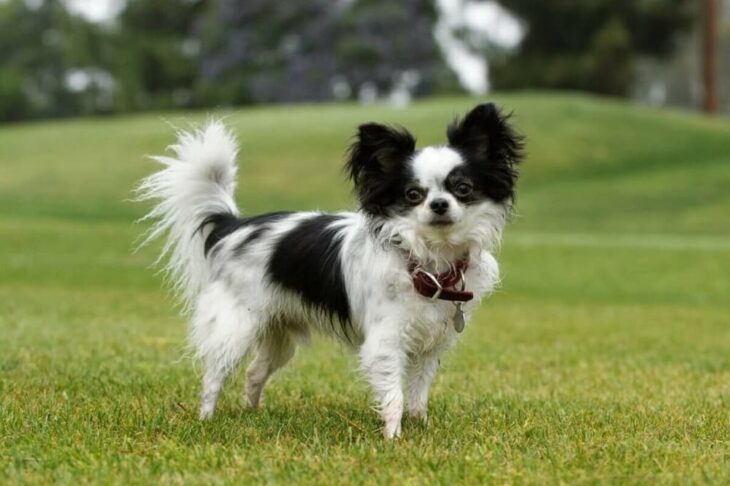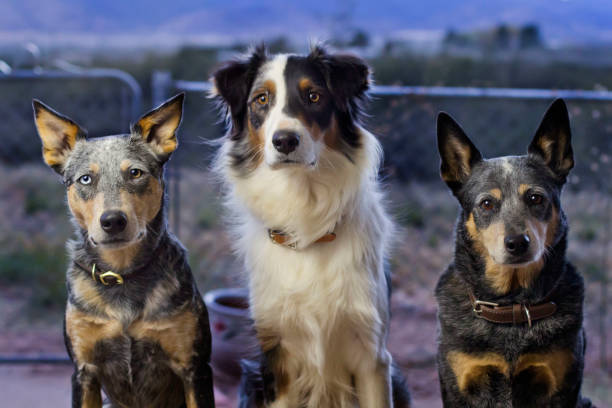
Australian Cattle Dog Vs Australian Shepherd: How To Tell Them Apart
Did you know that the Australian Shepherd and Australian Cattle Dog differ greatly from one another? Australian Cattle Dogs and Australian Shepherds are both herding dog breeds, but what else do they have in common, and what distinguishes them from one another?
The Australian Shepherd and the Australian Cattle Dog have various coat kinds and hues, as you have undoubtedly already seen. However, we can also assist you in differentiating them based on their size, weight, trainability, lifespan, or more.
Table of Contents
Breed History Of Australian Cattle & Australian Shepherd
Both the Australian Shepherd and the Australian Cattle dog are now well-liked family pets all over the world, despite having previously been used as herding dogs. Despite coming from very different backgrounds—both within and outside of Australia—they have both had great success, especially in the United States.
Breed History Of Australian Cattle Dog
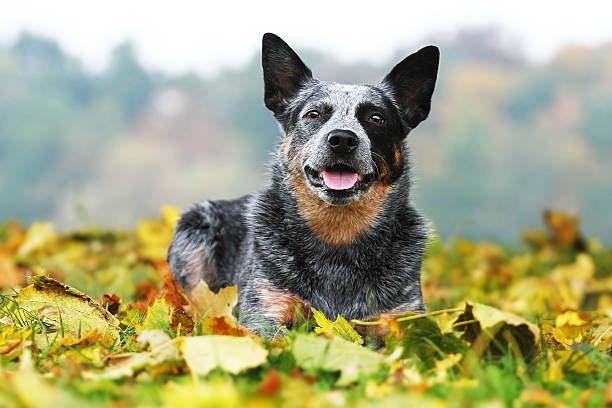
The Blue Heeler is another name for Australian Cattle Dogs. Unlike the Australian Shephard, the history of the Australian Cattle dog is well known. Australian Thomas Hall combined native dingoes he had once domesticated and kept as pets with Scottish Collies, an extinct breed of Smithfield canine.
The nickname “Hall’s Heeler” was subsequently given to him.” Later, these dogs were merged with the Dalmatians, which were known for their loyalty and comfort around horses, along with Black and Tan Kelpie dogs. Australian Cattle Dog became the first breed standard and was established in 1903.
Following World War II, American servicemen found the extremely loyal and territorial breed in Australia and brought him back to the United States. By the AKC’s rankings for 2019, he ranked as the 55th most popular canine in America. They are still primarily used for their sheep-herding skills. They are often compared to or combined with other herding breeds, like the Lab-Heeler mix.
Breed History Of Australian Shepherd
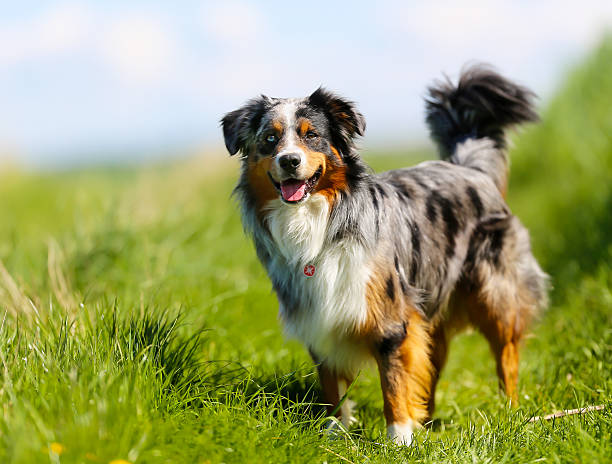
Despite their name, Australian Shepherds are not actually Australian natives.
Considering how little is known about his past, the origins of the Australian Shepherd are a hotly debated topic. That his ancestors originated in the Scottish Highlands and the Pyrenees seems to be the most widely accepted explanation. Sadly, they discovered upon their arrival that the land was arid and unusable when they traveled to Australia with the intention of finding better land for farming.
They took their dogs on another journey to North America shortly after that. They were joined by additional Australian farmers and their dogs. Another herding dog breed that is frequently confused with them is the Border Collie. As a result, it is believed that farmers from around the world crossed their dogs to create the Australian Shepherd that is so well-known and loved in North America today.
It is assumed that the dog’s name, the Australian Shepherd, was given because the family had just recently arrived from Australia, either appropriately or not. He was created by American cowboys to herd livestock, but he is now adored as a family pet all over the world. His ranking as the 17th most popular breed by the American Kennel Club (AKC) in 2019 was impressive.
Comparison Between Australian Cattle Dog & Australian Shepherd
Are you weighing your options for your future family pet between the Australian Shepherd and the Australian Cattle Dog? Both breeds were created to be working dogs, but they differ in a few ways that will influence your choice. Learn what to anticipate from both breeds!
| Australian Cattle Dog | Australian Shepherd | |
| Height | 17 to 20 inches(43.1 to 50.8 cm) | 18 to 23 inches(45.7 to 58.4 cm) |
| Weight | 30 to 55 lbs(13.6 to 24.9 kg) | 40 to 65 lbs(18.1 to 29.4 kg) |
| Color | Blue, grey, red, blue speckled, blue mottled | Brown, red, black, grey, tan |
| Coat | Double coat; short | Double coat; long, wavy, thick |
| Temperament | Curious, alert, pleasant | Intelligent, friendly, work-orientated |
| Energy Levels | High | High |
| Health | Average | Average |
| Trainability | Highly trainable; calls for a training regimen and rewarding methods | Easily trained if beginning at a young age; requires continual training and exercise |
| Average Lifespan | 12 to 16 years | 12 to 15 years |
| Average Price | $500 and up | $700 and up |
Height, weight, coat type, and color variations between the Australian Shepherd and Australian Cattle Dog are quite different. Their energies, temperaments, and training preferences are also slightly different. Compared to the smaller and heavier Australian Shepherd, the Australian Cattle Dog has a more distinct coat color and a longer life expectancy.
Both types of herding dogs can be trained and have similar temperaments. But there are still some differences that we can draw between the two. For example, the Australian Cattle Dog is more independent and frequently takes the lead during training, in contrast to the Australian Shepherd, who is more eager to please its owner.
Size And Height
The Australian Shepherd (18-23 inches) is a bit larger than the Australian Cattle Dog (17-20 inches). Similar sizes are shared by the two breeds. The Australian Cattle Dog is typically lighter than the Australian Shepherd by up to 10 to 15 pounds.
Color And Coat Type
Australian Shepherds require a lot of upkeep because of their thick, long, and wavy coats, especially when they shed. This might be something very important to consider if you’re thinking about getting a dog. Because each dog has a unique color variation, the Australian Shepherd has a distinctive coat. The standard includes plain black or red, as well as blue and red merle.
Read about: The Black German Shepherd Dog: Unknown Breed Information – Better Doggy
Grooming the Australian Cattle Dog is easier and more uncommon due to its short, hairy coat. An Australian Cattle Dog is distinctive in that it can be either a Red Heeler or a Blue Heeler. The Blue Heeler is a breed with a mixture of white and black hairs that may have blue spots or blue mottling. The dog’s coat appears to be blue due to these mixtures. The Red Heeler breed has brown hairs mixed in with its white hairs, giving the coat a reddish appearance.
Temperament
Australian Shepherds and Australian Cattle Dogs are two dog breeds that are regarded as being intelligent, devoted, active, and energetic. They both have a great sense of humor and are very loving. Since they are a little reserved around strangers or unfamiliar environments, their owners should invest time in early socialization, helping them get used to new people, other places, and unfamiliar sounds. Due to their cautious nature, they make great protection dogs. Both of these dog breeds have a strong bond with their owners and will always defend them, sometimes even without being asked.
Energy Levels And Health
Both Australian Shepherds and Australian Cattle Dogs are energetic and healthy dogs. The two dog types are very vivacious and eager to pick up new skills or follow directions. They are both prepared to carry out almost any task that is assigned to them.
Australian Cattle Dogs and Australian Shepherds enjoy playing, running, and jumping in open spaces because they are herding breeds. The herding instincts they do have, though, must be spotted early on by chasing or heel sniffing. If not sufficiently restrained, these instincts could grow, making it more challenging for the owner to train and instruct the dog.
Trainability
A bossier and more independent home dog, the Australian Cattle Dog. This necessitates a training program for it. If the owner doesn’t adhere to the Australian Cattle Dog’s schedule, the dog won’t even consider setting aside time for training. Success-oriented strategies are also effective.
Australian Cattle Dogs are among the top ten most intelligent dogs, according to Stanley Coren, based on their focus during training. A training schedule will also be enjoyable for the owner. This is a key factor to bear in mind if you’re thinking about adopting an Australian Cattle Dog.
The enthusiasm for learning new things is lower in the Australian Shepherd. It has a strong desire to please the owner even though it is independent as well. If training is given to it when it is a young age, it will incorporate into its daily life. Since boredom and destructive behavior are a result, the Australian Shepherd requires regular training and exercise.
Summary
Australian Cattle Dogs and Australian Shepherds are both herding dog breeds, through the article we have a better understanding of the differences between these two breeds, which will be easier for you to tell them apart as a dog enthusiast or owner.

